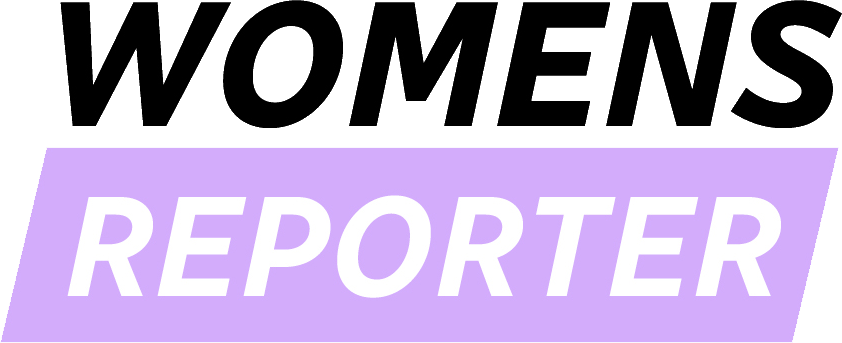A growing number of wellness experts and corporate programs are promoting a simple but powerful solution to workplace stress: brief, structured breathing exercises. Dubbed “five‑minute mindful breathers” or micro‑break breathwork, these twice‑daily sessions—mid‑morning and mid‑afternoon—have been shown to reduce cortisol levels, sharpen mental clarity and reduce fatigue in high-pressure work environments. By taking just five uninterrupted minutes, employees engage in guided breathing patterns that activate the body’s parasympathetic “rest‑and‑digest” system, offering deeper regulation of the stress response than typical longer meditations might achieve.
Scientific findings back the claim that short breathwork sessions can significantly lower stress hormones. Research indicates that as little as five minutes of controlled breathing can cut cortisol by up to 50 percent and improve attention and emotional regulation by calming the amygdala, a central hub in the brain’s threat response system. This simple adjustment—conscious control of breath—can recalibrate the body’s stress systems, returning mental clarity and balance even during a hectic day.
Corporate wellness pilots are capturing promising results. One recent structured program introduced micro‑break breathwork in office and factory settings and measured significant gains in comfort, engagement and productivity—with minimal workflow disruption. Meanwhile, pilot initiatives within corporate wellness centers report up to a 30 percent decrease in midday fatigue when participants committed to two daily five‑minute breathers. The structured timing appears crucial, providing predictable resets that prevent stress accumulation and mental depletion.
Workplace anecdotes support these findings. A natural pause in staff meetings at a marketing firm involves a brief guided breathing session before diving into the agenda. Initially awkward, participants began reporting enhanced focus and creativity after just a few days. These grassroots experiences reflect the broader data: micro‑breaks foster mental recovery and resilience, especially when supported by leadership encouragement.
Underlying the trend is decades of psychological and neuroscientific research showing micro‑breaks restore well‑being and productivity. A 2022 PLOS One meta‑analysis of nearly two dozen studies found that brief breaks significantly reduce fatigue and boost vigor—though longer breaks produce bigger gains in performance, the effect on alertness was clear even from short intervals. Complementing this, research in organizational psychology emphasizes the role of supervisor support: when managers actively endorse recovery breaks, employees experience greater well‑being gains.
What sets the mindful breather concept apart is its precision focus on the breath. Unlike general rest periods, breathwork combines pause with intentional regulation of breathing rhythm, optimizing nervous system reset. Popular methods like box breathing, where participants inhale, hold, exhale and hold for equal counts, have been shown to calm physiology in under three minutes. Extended exhalation or diaphragmatic breathing techniques enhance benefits by deepening parasympathetic activation.
Guided apps and workplace training kits make implementation feasible even in busy settings. Many companies now integrate short video reminders or mobile alerts that prompt employees to step aside and breathe, even if only for a desk-bound session . Education materials emphasize that breath-based micro‑breaks require no silent rooms or physical space—just three to five uninterrupted minutes, which can be built into personal schedules or team routines.
Beyond immediate mental refreshment, mindful breathers contribute to broader wellness goals. Lowered cortisol levels support cardiovascular health, while enhanced focus and emotional regulation can reduce the strain of chronic stress and potential burnout . Participants also commonly report improved mood and resilience, citing the practice as a reliable tool to navigate demanding tasks, manage emotions and maintain energy throughout the day.
As more companies adopt these small-scale programs, experts predict breath-based micro‑breaks will soon become a standard element of daily workflow—much like a scheduled team check-in or coffee break. The key to success lies in leadership modeling: when managers take five‑minute breathers publicly, it normalizes the behavior and embeds a supportive culture of holistic productivity.
Critics argue that micro‑breaks aren’t a substitute for deeper structural changes, such as workload management or performance evaluation reform. And while brief breathwork boosts well‑being, optimal outcomes may require combining them with longer restorative practices or social support systems. Yet as an accessible first step, the mindful breather trend offers a promising fusion of ancient mind‑body principles and modern workplace needs.
For organizations seeking to pilot such programs, a simple rollout could involve scheduling two daily five‑minute breath sessions, providing script or app guidance (like box breathing or diaphragmatic routines), and training managers to invite participation. Evaluating outcomes via quick survey metrics—like midday fatigue levels, reported stress, attention, and mood—can help quantify impact within weeks.
The rise of five‑minute mindful breathers reflects a broader shift in workplace wellness: away from episodic retreats and perfunctory health perks toward structured, scalable mental health habits. As more employees report feeling overwhelmed by digital overload, looming deadlines, and constant connectivity, the remedy might be simpler than imagined—just a few intentional breaths, twice a day, to recalibrate and renew.
